One of the most famous historical places of Goa, Church & Convent of St Francis of Assisi attracts groups of tourists from everywhere.
This is one of the many churches built in India by Portuguese. As the name indicates, the campus held a church and a convent in the past. This structure is a recognized heritage site of the land. This important religious site is getting tourist traffic for its unique architecture and interesting museum collection.
Church of St Francis of Assisi is a 16th-century Portuguese church located near Se Cathedral in Goa. It is a famous landmark which exhibits an eclectic mix of stunning architecture and intricate carvings. The statue of Mother Mary stands at the front of the church with the tower of the church behind. Adjoining the St Francis of Assisi Church is an archaeological museum.
At a distance of 9.2 km from Panjim Kadamba Bus Stand, 27 km from Vasco Da Gama Railway Station and 22 km from Mapusa, St. Francis of Assisi Church is situated near the Se Cathedral in Old Goa. It is one of the prime tourist places to visit in Goa. This place is part of UNESCO World Heritage Site (Churches & Convents of Goa).
The Church of Saint Francis of Assisi is a Roman Catholic Church situated in the main square of Old Goa. The Church and Convent of St. Francis of Assisi were established by eight Portuguese Franciscan friars who landed in Goa in 1517. After their arrival in 1517 with their consistent efforts they constructed a small chapel with three altars and a choir. Eventually in the year 1521 the chapel was modified into a church and dedicated to the Holy Ghost in 1602. Later the church was pulled down and the present church was constructed on the same spot in 1616.
The west facing church has a nave with three chapels on both side, a choir on the first floor, a main altar and two other altars. Belfry and a sacristy are on the north of main altar, today which you see the house of Archaeological Museum was actually a convent forming annexure to the church.
The exterior of the Church is of the Tuscan order while the main entrance is in Manuline style. The main altar is Baroque with Corinthian features. There are no aisles but only a nave, which is rib-vaulted. The internal buttress walls separating the chapels and supporting the gallery on top.
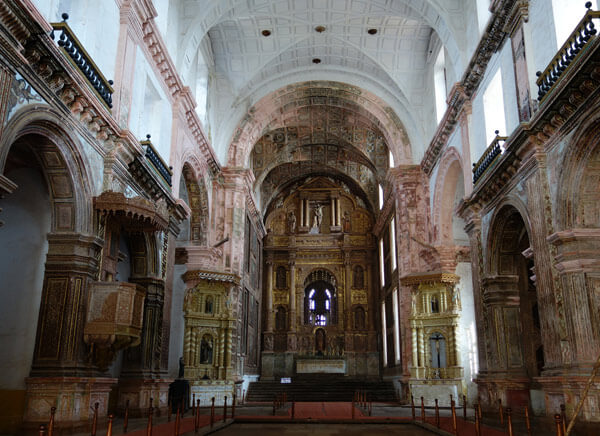
The Church interior includes a richly ornamental niche with a tabernacle supported by the Four Evangelists on the main altar. In a niche on the façade stands a statue of our lady of miracles brought from Jaffna in Sri Lanka. Above the tabernacle are two large statues, one is St. Francis of Assisi and the other is the crucified Christ. A wooden statue of St. Francis of Assisi adorns a pedestal bearing the insignia of the Franciscans. A wooden pulpit richly carved with floral designs is to the left as one enters.
The convent contiguous to the Church now houses a museum that was set up by the Archaeological Survey of India in 1964. The museum contains artifacts, paintings and pieces of Hindu temple sculptures from Goa.
The convent and church of St. Francis of Assisi is situated at Old Goa. Originally this church and surrounded convent was founded by Eight Franciscan, who arrived in the year 1517, during the Portuguese rule. With their hard effort first they constructed a little chapel and latter in the year 1661, they transform the chapel into church on the same place.
Se Cathedral is linked to the convent and the church of St. Francis of Assisi by the former place of Archbishop, which is lying on the west side of Se Cathedral. This structure is built of laterite blocks and is lime -plastered. Face of the church is towards west, there is a nave surrounded by three small chapels each side, a choir, two sub altars and a main altar in center. Belfry and a sacristy is on the north of main altar, today which you see the houses of Archaeological Museum, was actually a convent, forming annexure to the church.
Exhibits at the museum include prehistoric items from a distant tribal past as also reminders of Goa Dourada, Golden Goa, also known as the ‘Pearl of the Orient’ or ‘Rome of the East’ during its heyday. It was the concentration of magnificent churches, symbol of a powerful conquering presence, which justified this last title.
The St. Francis of Assisi church has been designed by the Tuscan order; the main entrance has been made in Manuline style, main altar is designed in Baroque with Corinthian features. The Chapels and surrounded gallery on top is separated by the internal buttress walls. The statue of Our Lady of Miracles, which was brought from Jaffna in Sri Lanka, is standing in a niche on the fa�ade. A wooden statue of St. Francis of Assisi is symbolizing the significant of the Franciscan.
A huge statue of St. Francis of Assisi and the statue of Jesus on the cross which is equally huge lies in the main altar above tabernacle, which was used for displaying holy sacrament, on the both side of main altars paintings are displayed on woods explaining the life of St. Francis of Assisi.
At a distance of 9.2 km from Panjim Kadamba Bus Stand, 27 km from Vasco Da Gama Railway Station and 22 km from Mapusa, St. Francis of Assisi Church is situated near the Se Cathedral in Old Goa. It is one of the prime tourist places to visit in Goa. This place is part of UNESCO World Heritage Site (Churches & Convents of Goa).
The Church of Saint Francis of Assisi is a Roman Catholic Church situated in the main square of Old Goa. The Church and Convent of St. Francis of Assisi were established by eight Portuguese Franciscan friars who landed in Goa in 1517. After their arrival in 1517 with their consistent efforts they constructed a small chapel with three altars and a choir. Eventually in the year 1521 the chapel was modified into a church and dedicated to the Holy Ghost in 1602. Later the church was pulled down and the present church was constructed on the same spot in 1616.
The west facing church has a nave with three chapels on both side, a choir on the first floor, a main altar and two other altars. Belfry and a sacristy are on the north of main altar, today which you see the house of Archaeological Museum was actually a convent forming annexure to the church.
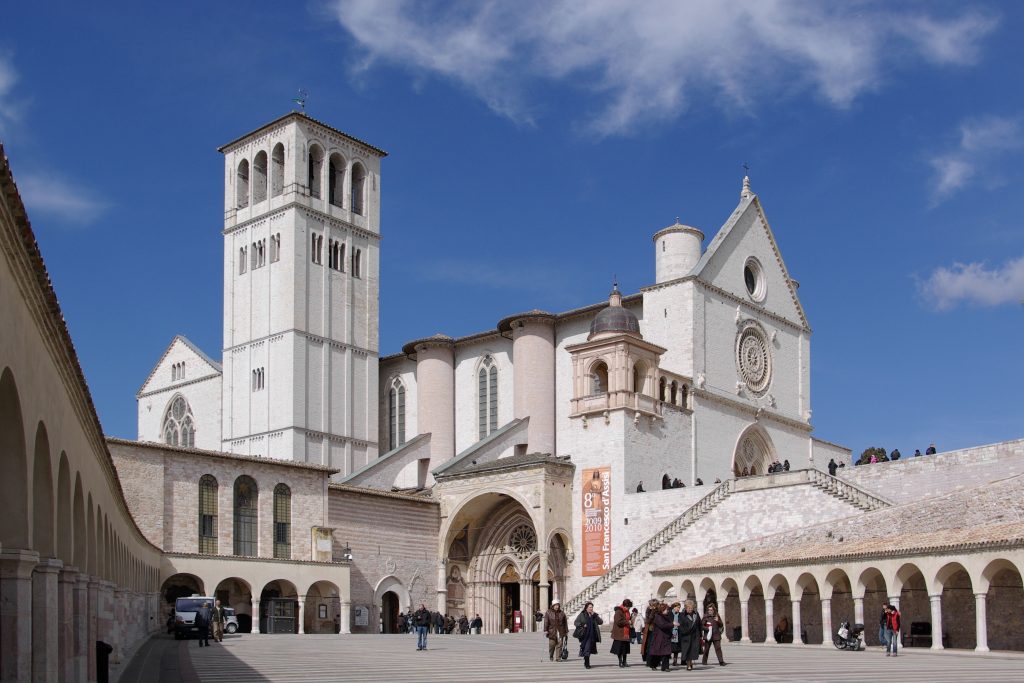
The exterior of the Church is of the Tuscan order while the main entrance is in Manuline style. The main altar is Baroque with Corinthian features. There are no aisles but only a nave, which is rib-vaulted. The internal buttress walls separating the chapels and supporting the gallery on top.
The Church interior includes a richly ornamental niche with a tabernacle supported by the Four Evangelists on the main altar. In a niche on the façade stands a statue of our lady of miracles brought from Jaffna in Sri Lanka. Above the tabernacle are two large statues, one is St. Francis of Assisi and the other is the crucified Christ. A wooden statue of St. Francis of Assisi adorns a pedestal bearing the insignia of the Franciscans. A wooden pulpit richly carved with floral designs is to the left as one enters.
The convent contiguous to the Church now houses a museum that was set up by the Archaeological Survey of India in 1964. The museum contains artifacts, paintings and pieces of Hindu temple sculptures from Goa.
History of St Francis Of Assisi Church
This church along with the convent was established and inaugurated by the famous eight Portuguese Franciscan friars, who reached Goa in the year 1517. Shortly after their arrival, they received legal approval for preaching Christianity in Goa. The friars decided to build a convent closer to the Se’ Cathedral, a famous heritage site. It started as a small chapel in 1521. A few years later, it was converted into a fully-functioning church. Later, many modifications were done to the structure in 1661 and the structure remains intact until date.
The convent was initially used as accommodation. However, in 1529, the rooms of this structure were converted into a convent and in 1835, it was ceased by the government of Portuguese. After liberation from Portuguese rule, the convent structure was converted into a museum.
Architecture of St Francis Of Assisi Church
The current structure of the church is a fusion of Tuscan order architecture, Corinthian architecture and Baroque style. The entire structure is made with laterite blocks and its exterior walls are covered with lime-plaster. This structure holds a façade with three levels and on each side; you can find an octagonal tower. In the center, there is a large statue of St. Michael. The main entrance of the church has rosette decoration and circular pilasters. The nave of the church is barrel-vaulted. The inner walls of the church are decorated with floral frescoes. As you walk down the nave, you will find a chapel and there is a gallery on the top floor. The statue of Lady of Miracles was brought to Goa from Sri Lanka.
Right above the main altar, you will find a detailed statue of St. Francis, St. Paul, St. Peter and statue of Jesus on a cross. On the walls, you can find paintings of life and work of St. Francis of Assisi. Later in 1964, a portrait gallery and a small archaeological museum were erected closer to the church. The museum provides many activities for children to boost their interest in the museum. Children are allowed to draw and paint and, the material should be submitted to the museum in-charge. Later, a certificate would be mailed to the address from the church.
Tourist Attractions in St Francis Of Assisi Church
- Visit the church on the annual feast, which takes place in October. Take part in the ceremonies, which are conducted to bless the animals.
- Architectural sightseeing is the second most famous activity next to masses and other religious rituals in this church
- Explore the archaeological museum and the portrait gallery closer to the church to spot many statues, artifacts, and other interesting collections. The portrait gallery holds many unique portraits of Com Joa de Castro, Vasco da Gama and other eminent personalities of the region. You can even find basalt sculptures of Hindu deities in this museum.
Visiting Timing of St Francis Of Assisi Church
Church : From Monday to Saturday – 7:30 am to 6:30 pm
Museum : From Monday to Sunday – 9 am to 12:30 pm and, from 3 pm to 6:30 pm



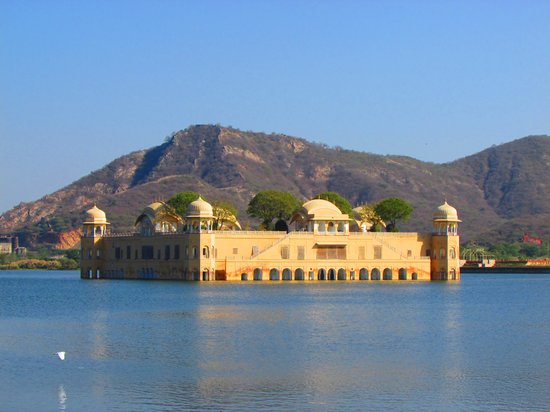
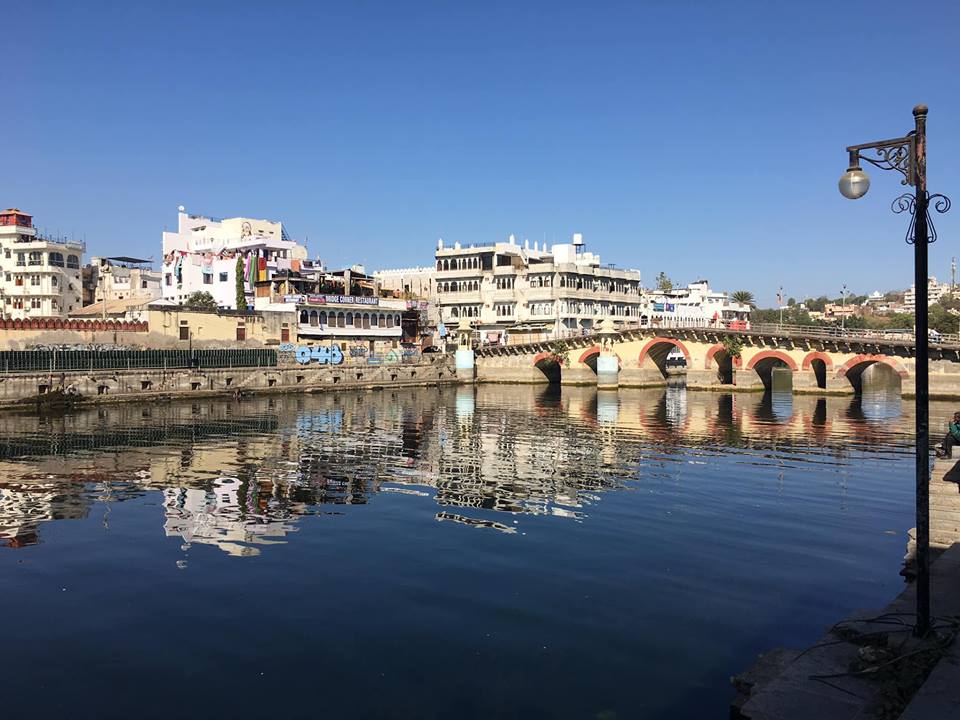
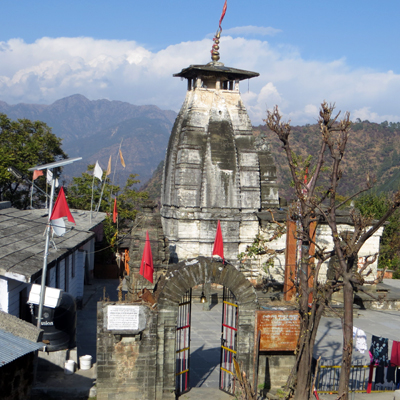

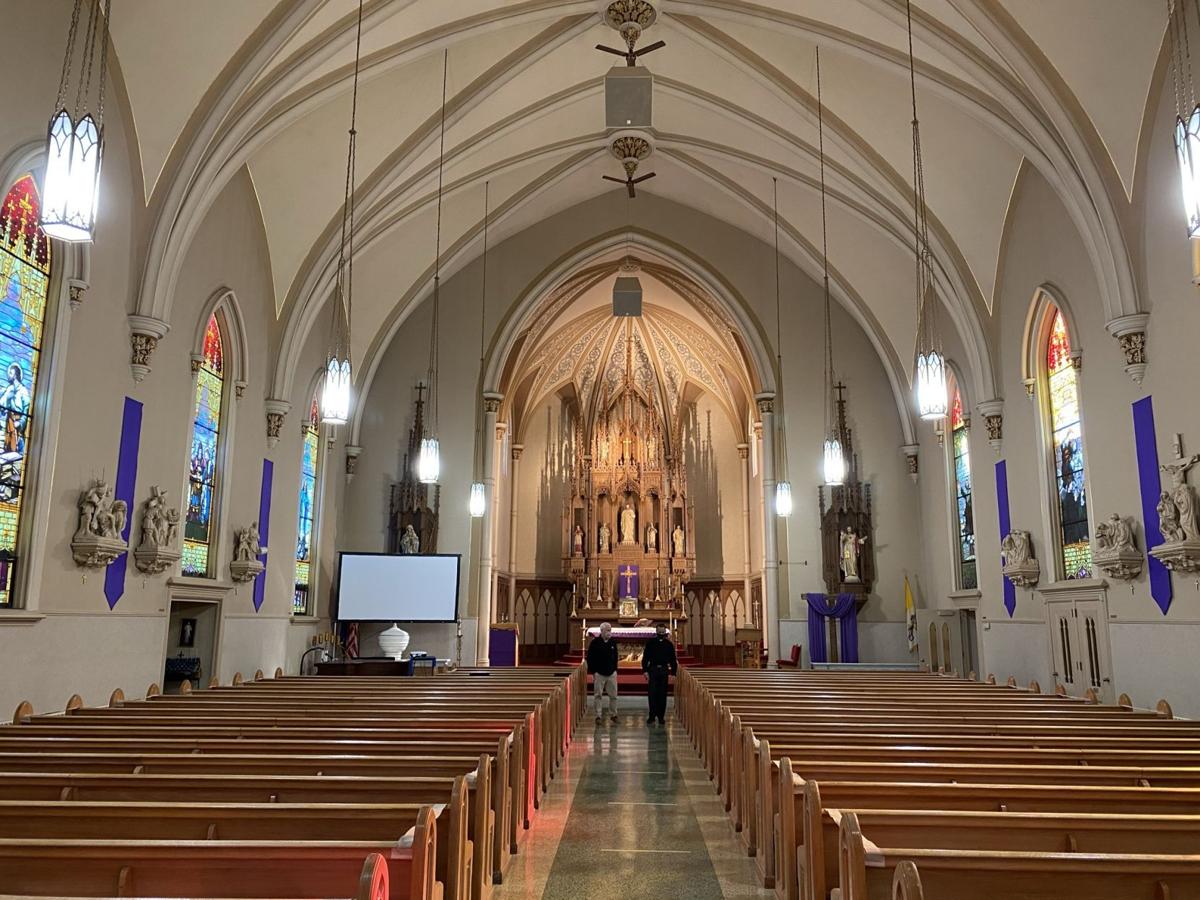

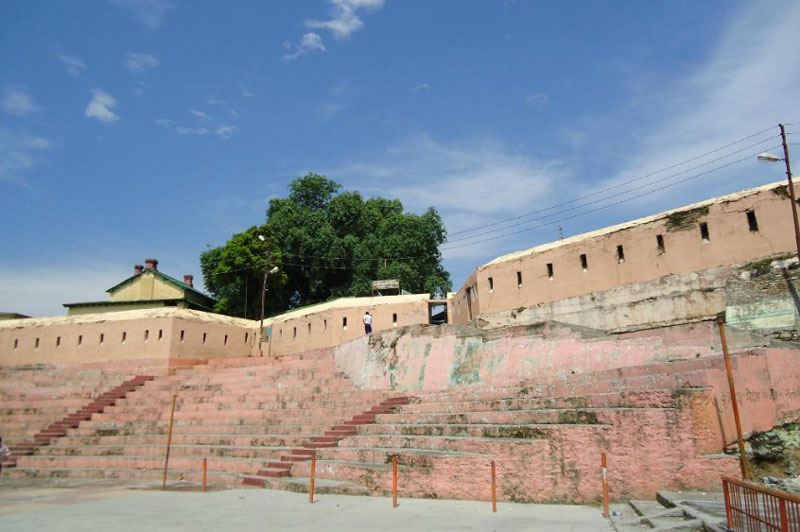



2 Comments
Comments are closed.